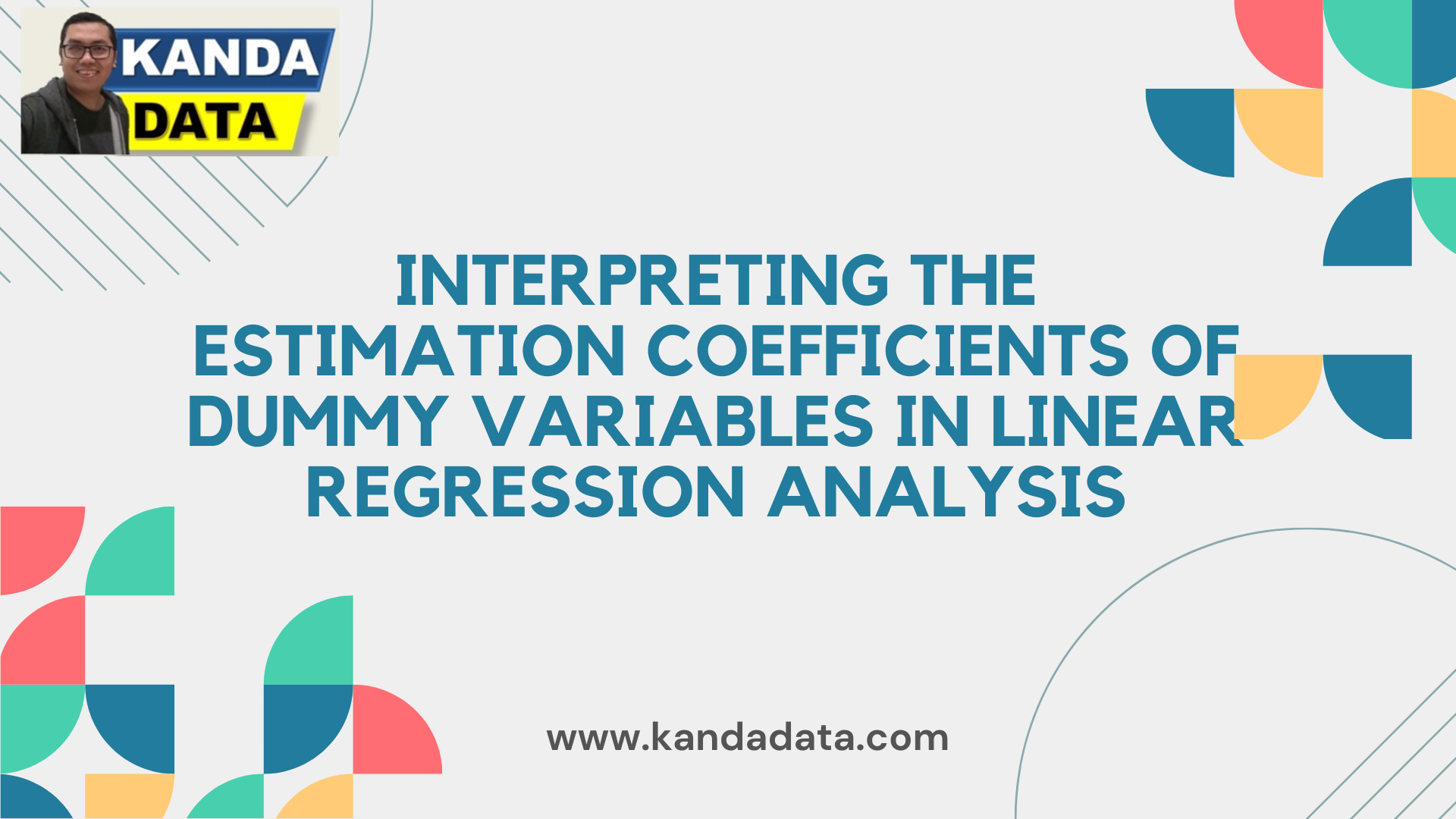Category: Econometrics
Assumptions Required in Multiple Linear Regression Analysis Using Ordinary Least Squares (OLS) Method
Multiple linear regression with the Ordinary Least Squares (OLS) method is one of the statistical techniques used to assess the influence of two or more independent variables on a dependent variable. The OLS method is carried out by minimizing the sum of squared errors between the model’s predictions and the actual values of the dependent variable.
Definition and Purpose of Determining Residual Values in Linear Regression Analysis
In linear regression analysis, residual values play a crucial role. The residual value is the difference between the actual and predicted Y values. The actual Y value can be obtained from observations or samples of the dependent variable.
Coefficient of Determination and How to Interpret it in Linear Regression Analysis
The coefficient of determination in linear regression analysis is crucial in understanding how well the independent variables explain the dependent variable. In linear regression analysis, the coefficient of determination can come in two forms: the coefficient of determination (R square) and the adjusted coefficient of determination (Adjusted R Square).
Natural Logarithm Transformation in Cobb-Douglas Regression
The Cobb-Douglas production function is often referred to as an exponential production function. Researchers have widely used this Cobb-Douglas production function to empirically analyze various phenomena in production functions.
Things to consider if none of the variables has a significant effect (null hypothesis accepted)
For researchers, obtaining statistically significant results is the desired outcome. In a research proposal, researchers write the background and research problem. Futhermore, based on the research problem, the research objectives are formulated.
Interpreting the estimation coefficients of dummy variables in linear regression analysis
Linear regression analysis using the Ordinary Least Squares (OLS) method is the most commonly used technique for examining the influence of one variable on another. There are certain assumptions that need to be met when employing linear regression. Assumption testing is necessary to ensure consistent and unbiased estimation results.
If the regression coefficient is negative and significant, how should it be interpreted?
In some research findings, it is possible to observe negative and significant values for the estimated regression coefficient. Under such circumstances, how should this be interpreted? This is a question that often arises among researchers when they encounter results that indicate a negative coefficient estimate that is statistically significant.
How to use dummy variables as dependent variables in regression analysis
Researchers will generally choose the ordinary least square linear regression method if the variable measurement scale is an interval or ratio scale. If the measurement scale of the data is interval or ratio, it is easy to fulfill the possibility of passing the required assumption test.







